The European Union is sounding the alarm on a potential Russian military threat, urging member states to prepare for large-scale drone production to bolster defenses. EU Defence Commissioner Andrius Kubilius emphasized the need for millions of drones to match Russia‘s growing unmanned arsenal, citing lessons from Ukraine‘s battlefield innovations. Sky News reported that this call to action stems from military intelligence suggesting Russia could target a NATO country within five years.

Drone Warfare Lessons from Ukraine
Ukraine’s ongoing conflict with Russia has redefined modern warfare, with drones accounting for 80% of Russian frontline losses. Along the 745-mile (1,200 km) front line, dubbed “Death Valley,” drones dominate, rendering traditional tanks obsolete in minutes.
“Nothing can move. Everything is controlled by drones. A traditional tank in that zone survives six minutes,” Kubilius told Sky News during a visit to Ukraine.
The country is set to produce over four million drones this year, a scale Kubilius used to estimate Lithuania’s needs: approximately three million drones to defend its 559-mile (900 km) border with Russia and Belarus.
Building Capacity, Not Stockpiles
Rather than amassing drones that could become outdated, Kubilius advocates for developing skilled teams of pilots, engineers, and manufacturers ready to scale production rapidly.
“On the European continent, at the moment, there are only two armies battle-tested with the ability to use millions of drones: one is Russian, which is planning new aggressions; another one is Ukrainian,” he said.
This approach aligns with NATO’s push to prioritize Drone Technology, with members committing to increase defense spending to 5% of GDP by 2035.
European startups are already responding. Germany‘s STARK is testing loitering munitions designed for simplicity, with Senior Vice President Josef Kranawetvogl noting, “It’s all made for easy handling for soldiers, so you don’t have to use any tools on the front line.”
Meanwhile, Alpine Eagle’s interceptor drone, equipped with radar to engage enemy units up to 3 miles (5 km) away, aims to neutralize threats before they reach critical areas.
CEO Jan-Hendrik Boelens warned, “We are absolutely not ready in my view,” highlighting NATO’s lag in drone procurement compared to Ukraine’s 1.3 million units annually.
Industry and Regulatory Shifts
The EU’s €150 billion ($159 billion) loan scheme, approved in May, aims to boost defense production, including drones, across the bloc. Germany, a key player, is investing in large quantities of attack drones and streamlining procurement, though bureaucratic delays persist.
“We are very advanced in the innovation process… Unfortunately, what we are not good at right now, due to our current processes, is getting these things into real operations,” said Sven Weizenegger, head of the German military’s cyber innovation hub.
Britain is also pivoting, with a £2 billion ($2.5 billion) investment in army drones and a new 20-40-40 strategy prioritizing unmanned systems. This shift reflects a broader industry trend: rapid innovation cycles, as seen in Ukraine, where new drone tech emerges every few weeks. For drone professionals and recreational pilots, this signals growing opportunities in design, testing, and training, but also stricter regulations as militaries integrate unmanned systems into national defense.
Strategic Implications for Europe
The EU’s push for drone production underscores a strategic pivot toward scalable, tech-driven defense. For drone operators, this could mean increased demand for advanced systems and pilot training programs. However, the gap between current NATO capabilities and Russia’s drone swarm tactics highlights an urgent need for faster procurement and innovation.
As Kubilius warned, “Russia can have around five million drones, so we need to have capacities bigger than those in order to prevail.”
Europe‘s ability to close this gap will shape its security for decades.
Photo courtesy of NATO
Discover more from DroneXL.co
Subscribe to get the latest posts sent to your email.
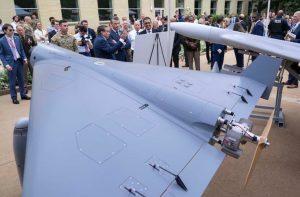





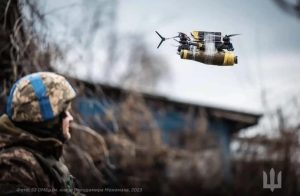




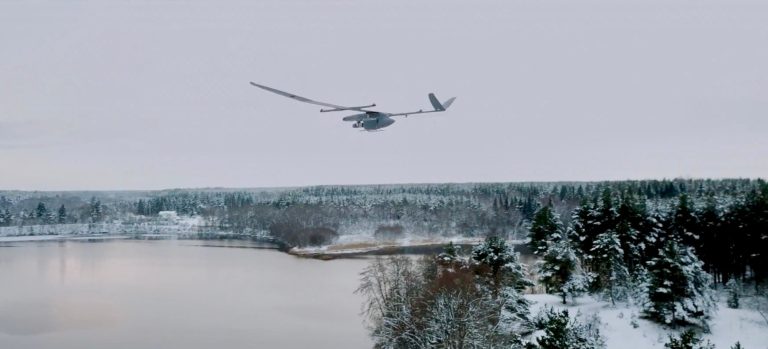
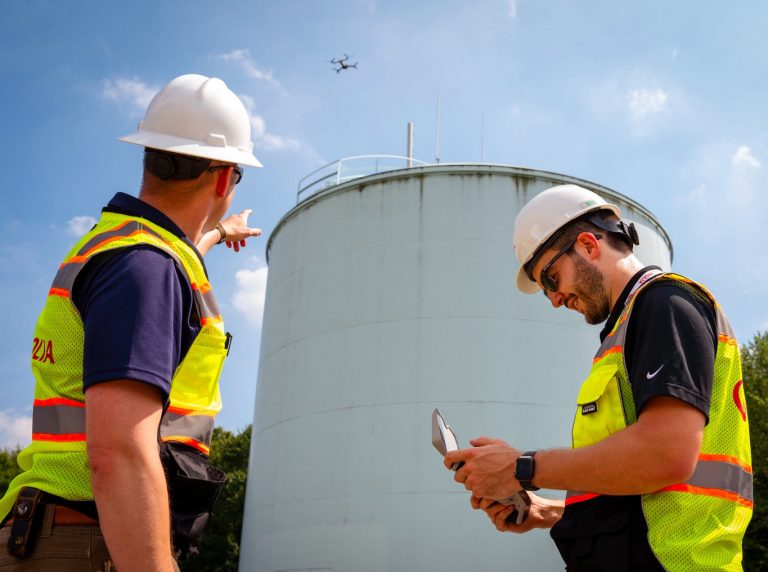



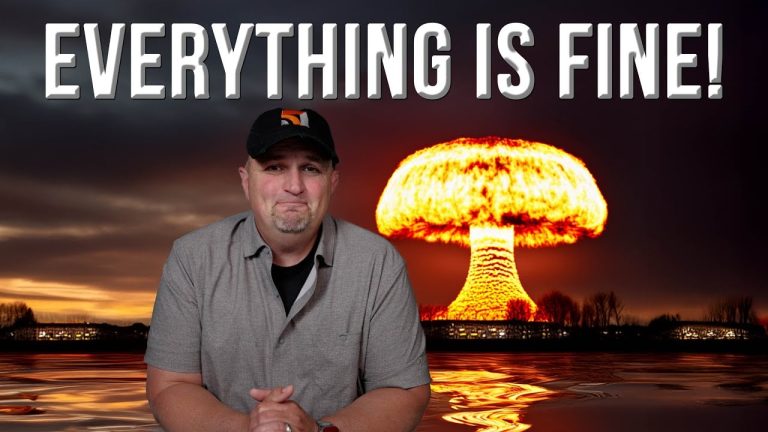

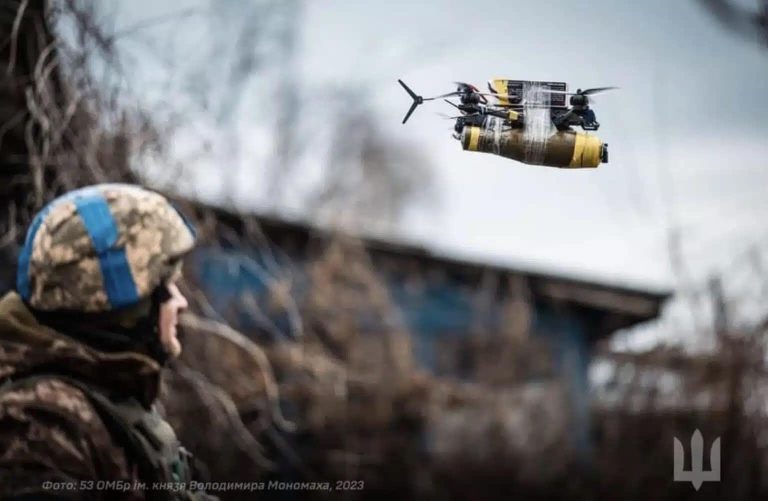

+ There are no comments
Add yours